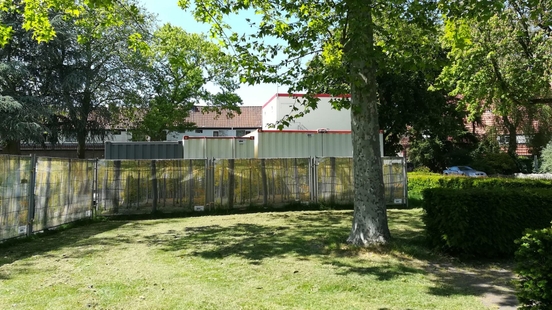A/B? C and D? Or unfortunately E/F/G: how does an energy label work?
The energy label of a house indicates, as the name suggests, how energy efficient a house is. A is the best label and G is the worst.
The less fossil energy a home uses, the better the label. For example: in a house that is well insulated, less gas needs to be used to heat things up, which means: a better label.
The use of renewable energy, such as solar panels and heat pumps, also reduces the use of fossil fuels such as gas and therefore ensures a better label.
The occupant of a draughty house that is poorly insulated has to use a lot of gas to get and keep things warm. The result: a bad label. And that has direct consequences, because a bad label not only means that a home is worse for the climate, but also that the energy bill is more likely to be higher.
And the latter can add up considerably. The differences in energy costs between homes with other energy labels are large. With average consumption, someone with the very best label pays around 60 euros per month. With the worst label G, the residents then lose 115 euros: almost twice as much.
